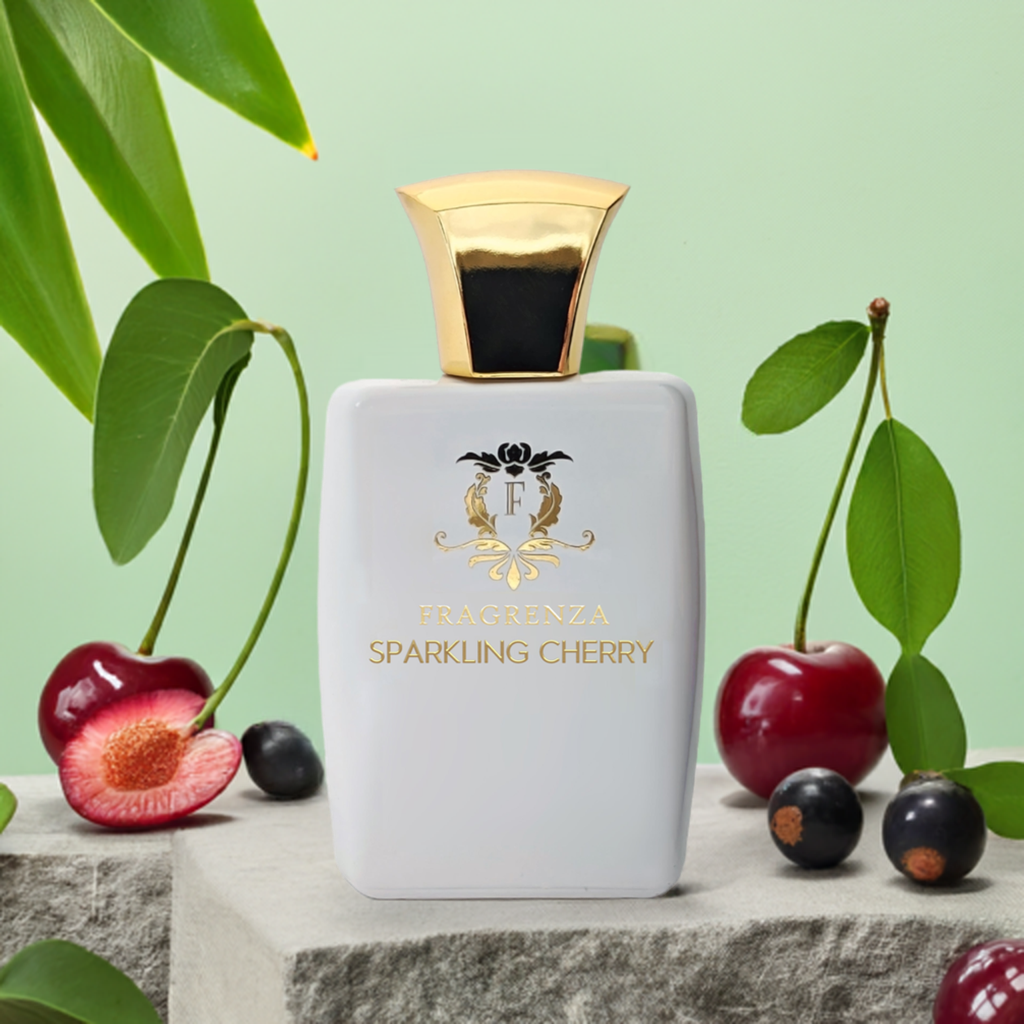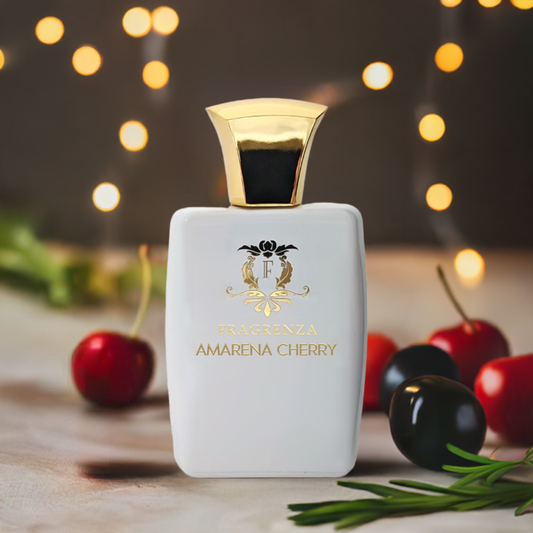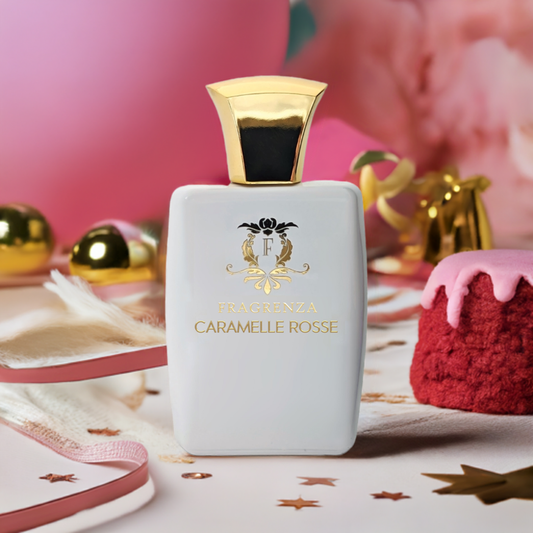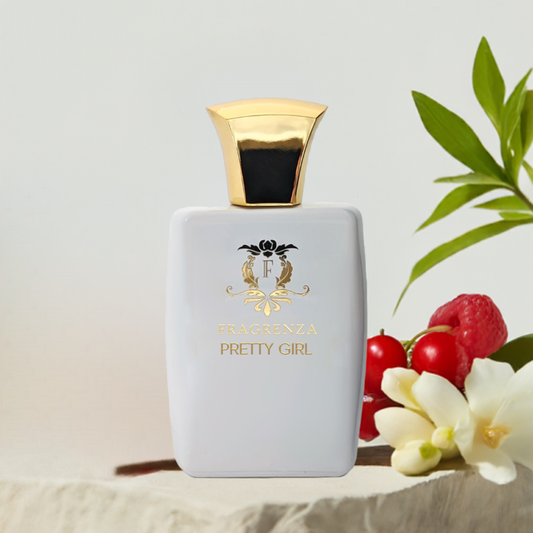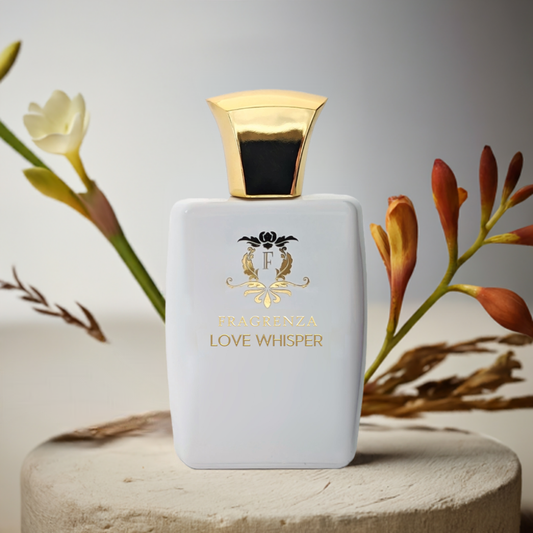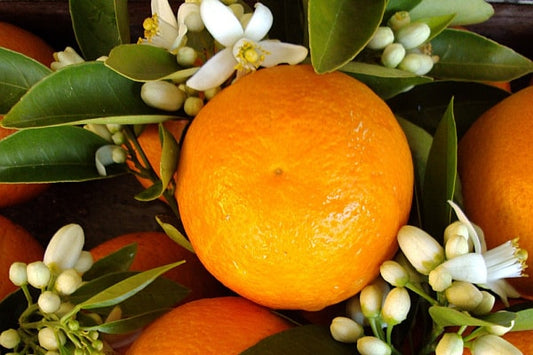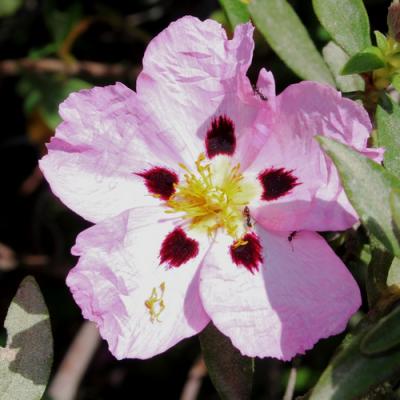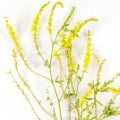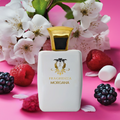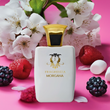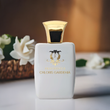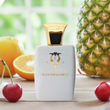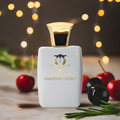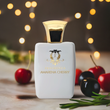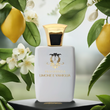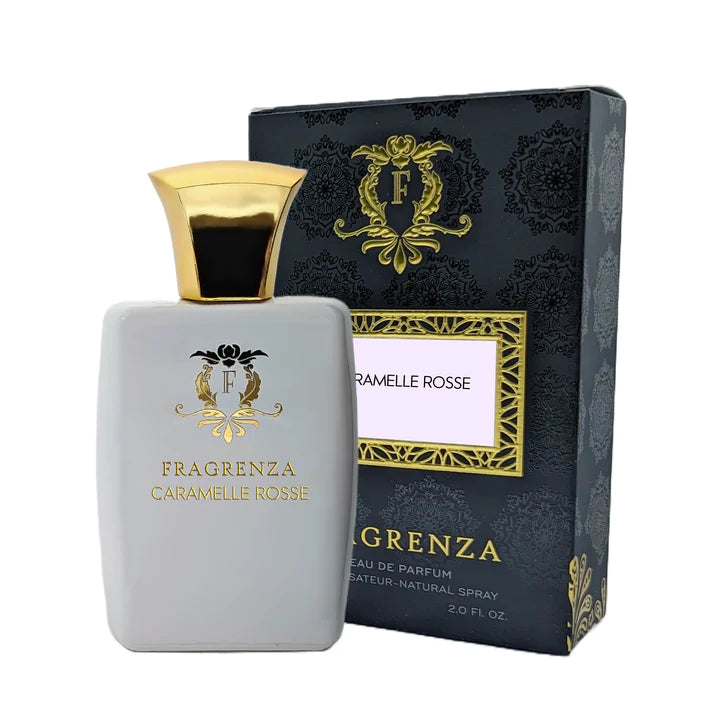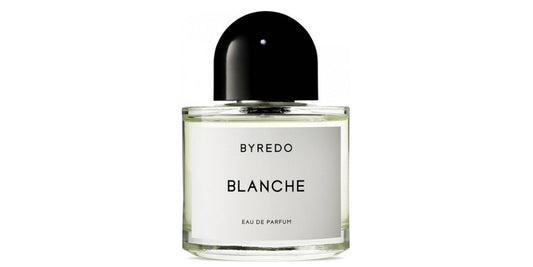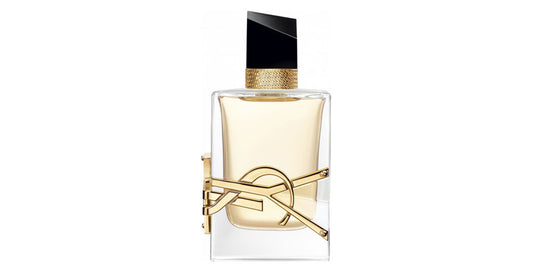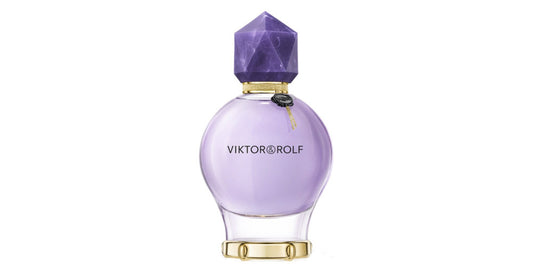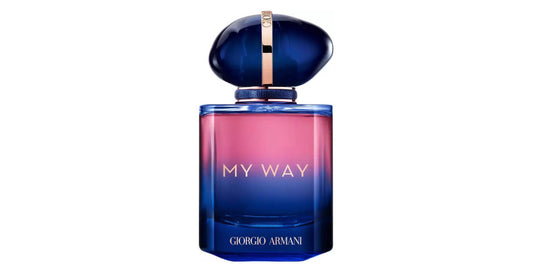Sweet peas in perfume

In This Article
The History and Characteristics of Sweet Peas
Sweet peas, a member of the Fabaceae plant family, are known by various names such as flower peas, musk peas, or simply sweet peas. Native to southeastern Italy and Sicily, these flowers exude an essence of sunshine. This annual herbaceous plant possesses tendrils that enable it to cling to surrounding supports, making it a climbing plant that can reach up to 2 meters in height. However, there are also low-growing varieties suitable for creating attractive garden borders. Depending on the species, sweet peas bloom for several months between May and October, showcasing their graceful and airy flowers in a vast array of colors. Each flower is composed of an upper petal called the standard, two lateral petals known as wings, and the keel, which consists of two lower parts fused together.
The history of sweet peas dates back to the 12th century when a Sicilian monk named Franciscus Cupani sent seeds to England. However, it wasn't until the 19th century that Scottish horticulturist Henry Eckford began crossbreeding different varieties to develop the Grandiflora group, simultaneously improving the quality and size of the plant and giving it a unique and more intense fragrance. From then on, sweet peas captured the interest of many, leading to substantial genetic research conducted by Gregor Mendel during the 19th century. In the language of flowers, sweet peas symbolize doubt and arrogance, but they are also associated with fun and elegance, often given as tokens of friendship.
Sweet Peas in Perfumery
With a lovely floral aroma, sweet peas are primarily used in fine feminine perfumery. Their scent is characterized by suave, honeyed, and musky accents. However, it is not possible to directly extract an absolute from sweet peas, so perfumers reproduce their fragrance in the laboratory using other raw materials. In 2014, the renowned Fragonard house, an emblematic perfumer from the city of Grasse, dedicated a perfume to this raw material called "Pois de Senteur."
Today, sweet pea is a star ingredient in numerous feminine perfumes. It appears in Givenchy's Amarige d'Amour, Dior's Dior Me Not (which references the symbolism of doubt), and Lolita Lempicka's L'Eau Jolie.
